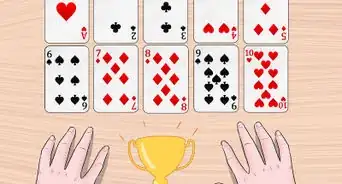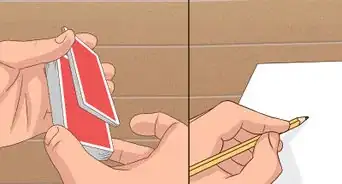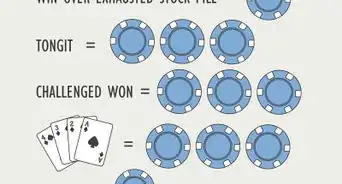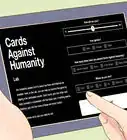This article was co-authored by Andrew Innes. Andrew Innes is the Creator of Anomia and the Founder and CEO of Anomia Press. Anomia is board and card game focused on brain and word puzzles. Andrew came up with the idea for Anomia when he was 12 years old. Since its founding in 2009, Anomia has sold over one million copies and is available in over 15 languages.
This article has been viewed 87,023 times.
Anomia is a fun party game for 3 to 6 players aged 10 or older. Each Anomia deck is made up of category cards that have a single category and a colored symbol, as well as wild cards. Each playing card in the game lists a unique category of person, place, or thing. Players draw cards until a face off occurs between two players, and when that happens, the matching players shout out an example as quickly as possible to win cards from the other player.[1] Purchase this game at toy stores, department stores, or online. You'll have fun thinking on your feet and laughing at the silly answers you and your friends may blurt out.
Steps
Setting Up the Game
-
1Pick a single deck depending on the version of the game you have. Different versions of Anomia have different numbers of cards—the original has 2 decks, but other versions might have 3, 4 or 6. Just select one deck from the box to play with.[2]
- If you play through your complete deck, you can choose a different one.[3]
-
2Shuffle the deck and split it. You should shuffle the playing deck about five or six times. Split the deck in two as evenly as possible. Place the two decks face-down on the playing table.
- Draw from either deck during the game. There should be two draw piles so that everyone at the table can reach one from their seat.
Advertisement -
3Vote on whether or not to follow the "no repeats" rule. An optional rule of Anomia is that the same answer can't be repeated for different face offs. If you give an example for one opponent's card, no players can repeat that same example for the rest of the game. It's important to discuss this option or have a vote between players before the game starts.[4]
Playing the Game
-
1Draw and reveal a card one at a time, starting with the dealer. When it's your turn, pick up a card from the deck at the center of the table. Flip it over face-up quickly as you place it down so everyone can see its face. Don't look at your card before you put it down.[5]
- The person who shuffled the cards should go first.
- Put the card face-up in front of you. This is the beginning of your play pile.
- If you draw a card and the symbol on it doesn't match the symbols on any active cards, it is the next player's turn to draw. Players keep drawing until two players have a symbol match.
-
2Watch for a symbol that matches the one on your card. Going in a clockwise direction around the table, have players draw cards one-at-a-time. Keep a close eye on each card that gets flipped up on the table. Be ready to think fast![6]
- If the symbol on your card matches another player's, you now have to "face off" with your opponent.
-
3Face off by quickly shouting out an example from your opponent's card. When you have a symbol match, read the category listed on your opponent's card. Then, give an example of the category that's on their card before they can give an example of what's on yours.[7]
- For instance, if your opponent's card says "Canadian city", you might yell out "Edmonton!"
-
4Collect your opponent's card if you answer first and correctly. If you blurt out a correct example of the person, place or thing on your opponent's card before they come up with one for yours, you win the "face off."[8]
- Collect your opponent's card and place it face down in a "winning" pile next to your play pile.
-
5Start a cascade if the loser's next play card has a matching symbol. A cascade or reveal match occurs if the loser's next card now matches another player's symbol. A new face off immediately occurs. The cascade ends when there are no more matching symbols on the table.[9]
- After all face-offs and cascades are over, resume normal game play by having the next player draw in sequence.
-
6Place wild cards between the two play piles. Each Anomia deck has wild cards as well as category cards. Each wild card has two symbols on it, and these two symbols can also cause a face off. If you draw a wild card, place it face-up between the two draw piles. It will remain in the center of the table and will cause a face off whenever both symbols appear on the top of two player's play piles.[10]
- If you draw a wild card, you're allowed to pick up another card after any face off rounds are done.
- Once a wild card is drawn, it stays in play until another wild card comes up to replace it. As game play continues, any two players with cards that match the wild card's symbols must face off with each other.
-
7Do a tie-breaker if two players tie during a face off. In the event of a tie between you and another player, a third player should draw a card and flip it up onto the table. You and your opponent must both try to give an answer for that card. Whoever wins this tie breaker gets the loser's original card, and the tie breaker card gets shuffled back into a play deck.[11]
-
8Count the cards in your "winning" pile once the draw piles are empty. Play Anomia until the two draw piles are empty. At this point, count the cards in your "winning" pile. Whoever has the most cards wins.
Expert Q&A
Did you know you can get expert answers for this article?
Unlock expert answers by supporting wikiHow
-
QuestionCan you play with 7 people?
 Andrew InnesAndrew Innes is the Creator of Anomia and the Founder and CEO of Anomia Press. Anomia is board and card game focused on brain and word puzzles. Andrew came up with the idea for Anomia when he was 12 years old. Since its founding in 2009, Anomia has sold over one million copies and is available in over 15 languages.
Andrew InnesAndrew Innes is the Creator of Anomia and the Founder and CEO of Anomia Press. Anomia is board and card game focused on brain and word puzzles. Andrew came up with the idea for Anomia when he was 12 years old. Since its founding in 2009, Anomia has sold over one million copies and is available in over 15 languages.
Creator of Anomia
-
QuestionDo there have to be two decks for draw piles or one deck?
 Andrew InnesAndrew Innes is the Creator of Anomia and the Founder and CEO of Anomia Press. Anomia is board and card game focused on brain and word puzzles. Andrew came up with the idea for Anomia when he was 12 years old. Since its founding in 2009, Anomia has sold over one million copies and is available in over 15 languages.
Andrew InnesAndrew Innes is the Creator of Anomia and the Founder and CEO of Anomia Press. Anomia is board and card game focused on brain and word puzzles. Andrew came up with the idea for Anomia when he was 12 years old. Since its founding in 2009, Anomia has sold over one million copies and is available in over 15 languages.
Creator of Anomia
-
QuestionHow long does the wild card stay in play?
 Andrew InnesAndrew Innes is the Creator of Anomia and the Founder and CEO of Anomia Press. Anomia is board and card game focused on brain and word puzzles. Andrew came up with the idea for Anomia when he was 12 years old. Since its founding in 2009, Anomia has sold over one million copies and is available in over 15 languages.
Andrew InnesAndrew Innes is the Creator of Anomia and the Founder and CEO of Anomia Press. Anomia is board and card game focused on brain and word puzzles. Andrew came up with the idea for Anomia when he was 12 years old. Since its founding in 2009, Anomia has sold over one million copies and is available in over 15 languages.
Creator of Anomia
References
- ↑ Andrew Innes. Creator of Anomia. Expert Interview. 5 January 2021.
- ↑ Andrew Innes. Creator of Anomia. Expert Interview. 5 January 2021.
- ↑ Andrew Innes. Creator of Anomia. Expert Interview. 5 January 2021.
- ↑ http://www.anomiapress.com/uploads/2/1/8/7/2187614/anomia_directions.pdf
- ↑ https://www.shutupandsitdown.com/review-anomia/
- ↑ http://www.anomiapress.com/uploads/2/1/8/7/2187614/anomia_directions.pdf
- ↑ Andrew Innes. Creator of Anomia. Expert Interview. 5 January 2021.
- ↑ http://www.anomiapress.com/uploads/2/1/8/7/2187614/anomia_directions.pdf
- ↑ Andrew Innes. Creator of Anomia. Expert Interview. 5 January 2021.
- ↑ Andrew Innes. Creator of Anomia. Expert Interview. 5 January 2021.
- ↑ http://www.anomiapress.com/uploads/2/1/8/7/2187614/anomia_directions.pdf
About This Article
Anomia is a fun card game where you have to win cards from your opponent by answering the fastest. To set up the game, the dealer should shuffle the deck, split it in half, and place both piles face-down on the table as draw piles. To play the game, go around clockwise, and have each player take a card from the draw pile and place it in front of them. If your card matches the symbol on another player’s card, you have to quickly give an example of the category on the card before the other player in what’s called a face-off. For example, if the category is cities in California, you could say "San Francisco." Whoever gives a right answer first wins the other player’s card and places it face down in their win pile. If the card underneath the loser’s lost card matches with another player’s, they have to go for a new face-off in what’s called a cascade. Keep going until there are no matches on the table. If at any time you both give the right answer at the same time, someone flips a new card and both of you have to give an answer for that category to decide who wins the cards. Keep playing until the draw piles are empty. The winner is the player with the most cards in their win pile. For more tips, including how to use the wild cards in Anomia, read on!

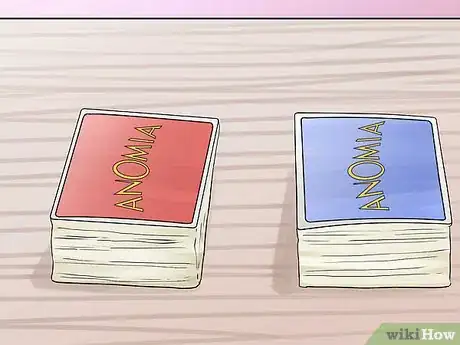
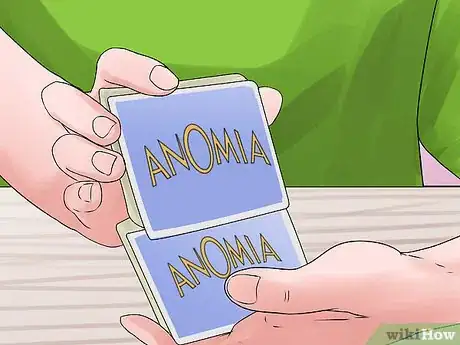
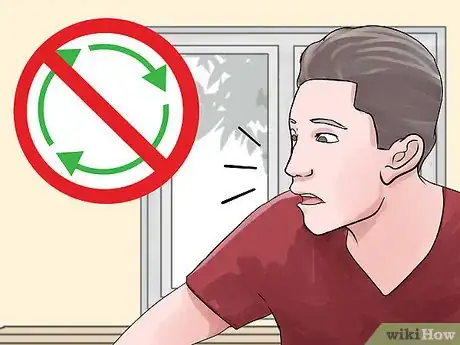
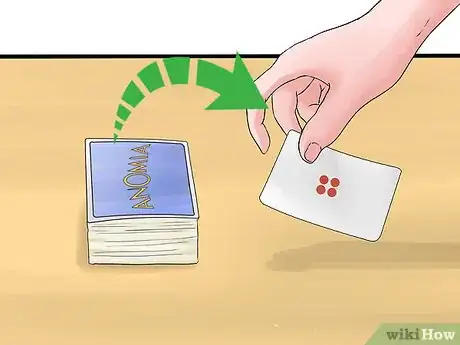
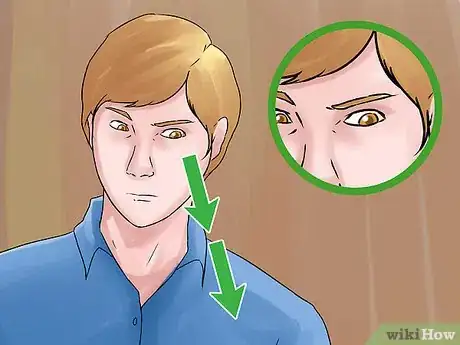
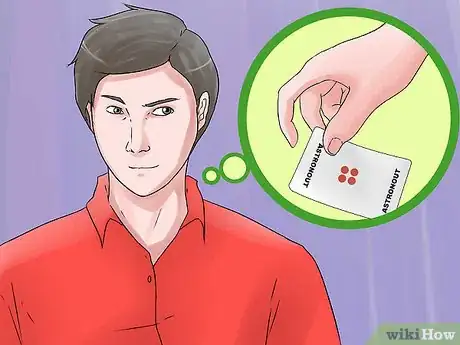
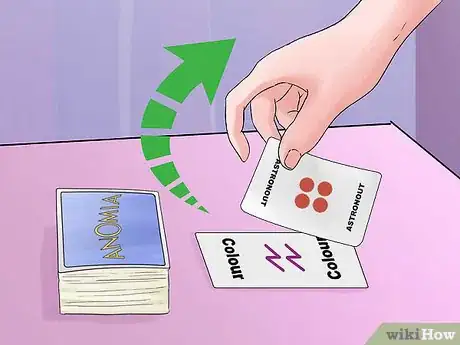
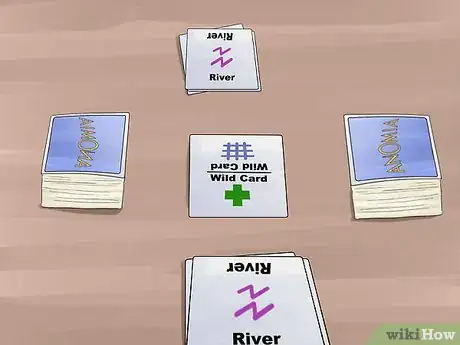
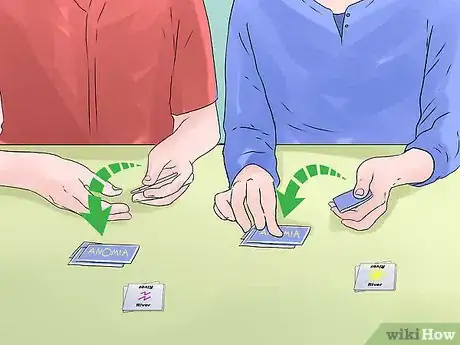

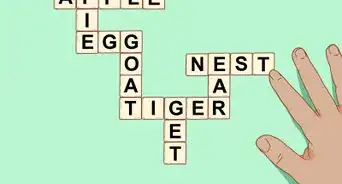

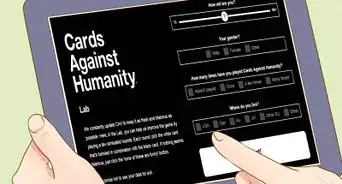
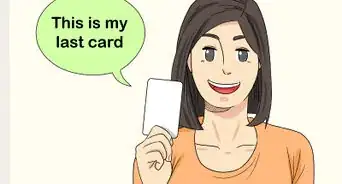

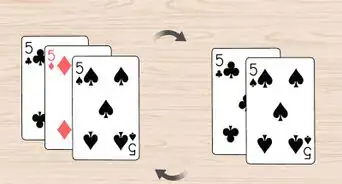
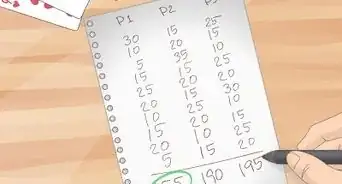
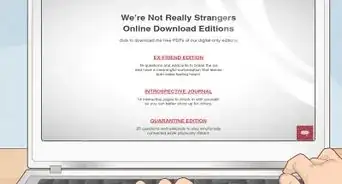
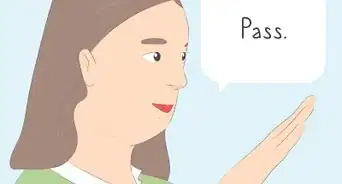
-Step-17.webp)
